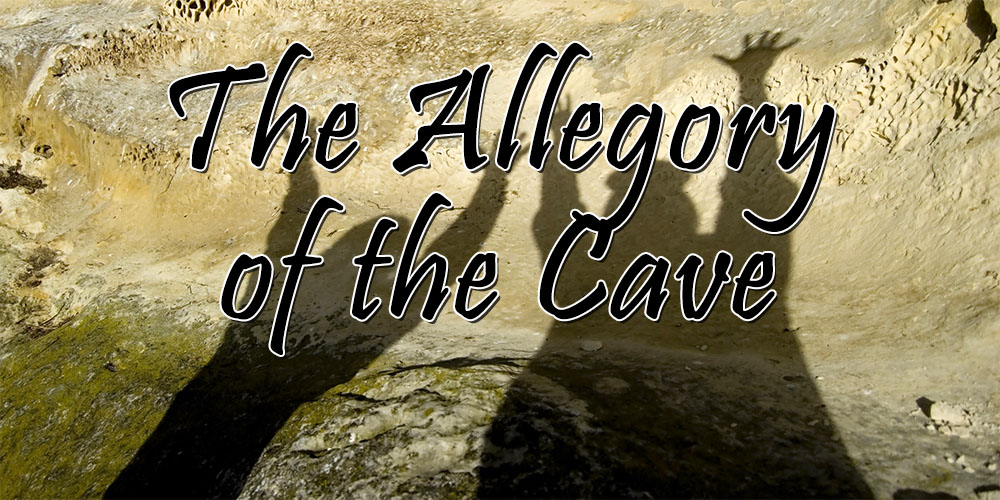
The shadows can be assumed as wealth, pride, or status and the reality may represent knowledge and wisdom. They are ignorant of reality and behave stubbornly when someone tries to show them a reality, they believe in considering shadows as the reality. Plato believed that most people live their life like prisoners in a cave. The prime example of this is that the great Greek philosopher Socrates was assassinated by the Athenians when he tried to enlighten them. The prisoners resisted the person, who tried to aware the other prisoners of reality, in the same manner, that society restricts the opinions of the philosophers. As given in the analogy, people are comfortable with the illusion and they don’t want anyone to break that illusion.

Through this analogy, Plato tried to explain the difficulties that the philosophers have to face when they try to educate society. This analogy convinces people to question their assumptions of real things. If the prisoner tries to untie the tied prisoners they will resist him and get violent against him as they believe that their current situation is how life looks like in reality and the prisoner who wants to untie them is false and disturbing their reality. When the prisoner will tell the other prisoners everything that he has just witnessed, they all are going to laugh at him. Plato mentioned that if the prisoner will go back to the cave he may find it difficult to see the shadows on the wall clearly like before because his eyes have now adjusted to the sunlight.
Allegory of the cave summary free#
Now, what would that prisoner do? If he went back to the cave to free the other prisoners from the chains and tells them that what they have seen in their life till now is not real, Do they believe him? Previously, he had been looking only at phantoms now, he is nearer to the true nature of being”- Plato He now understands that the sun (or the bonfire) is responsible for casting the shadow, and light, sky, and stars are the reality. At first, he finds it difficult to understand but he then realises that shadows are merely the reflections of real objects. The prisoner thinks that the shadows he is seeing due to the sunlight are the reality because he assumed shadows as the real thing all his lifetime, but people of the outside world tell him that the objects are the real thing and not the shadows because shadows are only the reflections of the real objects. Then, he starts walking outside the cave, when he entered the outside world, the bright sunlight bothers his eyes at first, but slowly his eyes adjust and he sees the bright and colourful real world. One day, one of the prisoners manages to break the chains, he stood up and starts walking, he got confused by seeing that fire behind his back, he also sees some of the real objects that he earlier saw in the form of shadows on the wall. The prisoners name these shadows and consider them as real entities, and they get excited the moment they see any shadow on the wall. Prisoners have never seen the outer world so they assume these shadows as the real world, and because they can not move, they have no idea of anything happening behind their back, they do not understand that what they are seeing are just the shadows of the objects that are shown to them by some people with the help of the bonfire illuminating behind their back. The prisoners are shown shadows of some objects on that wall regularly. A bonfire is illuminating at a certain distance behind the prisoners that lights up the wall in their front, which prisoners can see. They are chained in such a way that they are unable to move in any direction and they can only see the wall in their front.

They have never seen how’s the outside world looks like.

Plato tells that imagine a group of men who have been chained in a deep cave since their birth. They are in it from childhood with their legs and necks in bonds so that they are fixed, seeing only in front of them, unable because of the bond to turn their head all the way around” – Plato See human beings as though they were in an underground cave-like dwelling with its entrance, a long one, open to the light across the whole width of the cave. The Allegory of the cave is mentioned in Plato’s book VII The Republic. Middle Eastern Women Visit a Western Country

Allegory of the Cave Examples in Real Life.


 0 kommentar(er)
0 kommentar(er)
